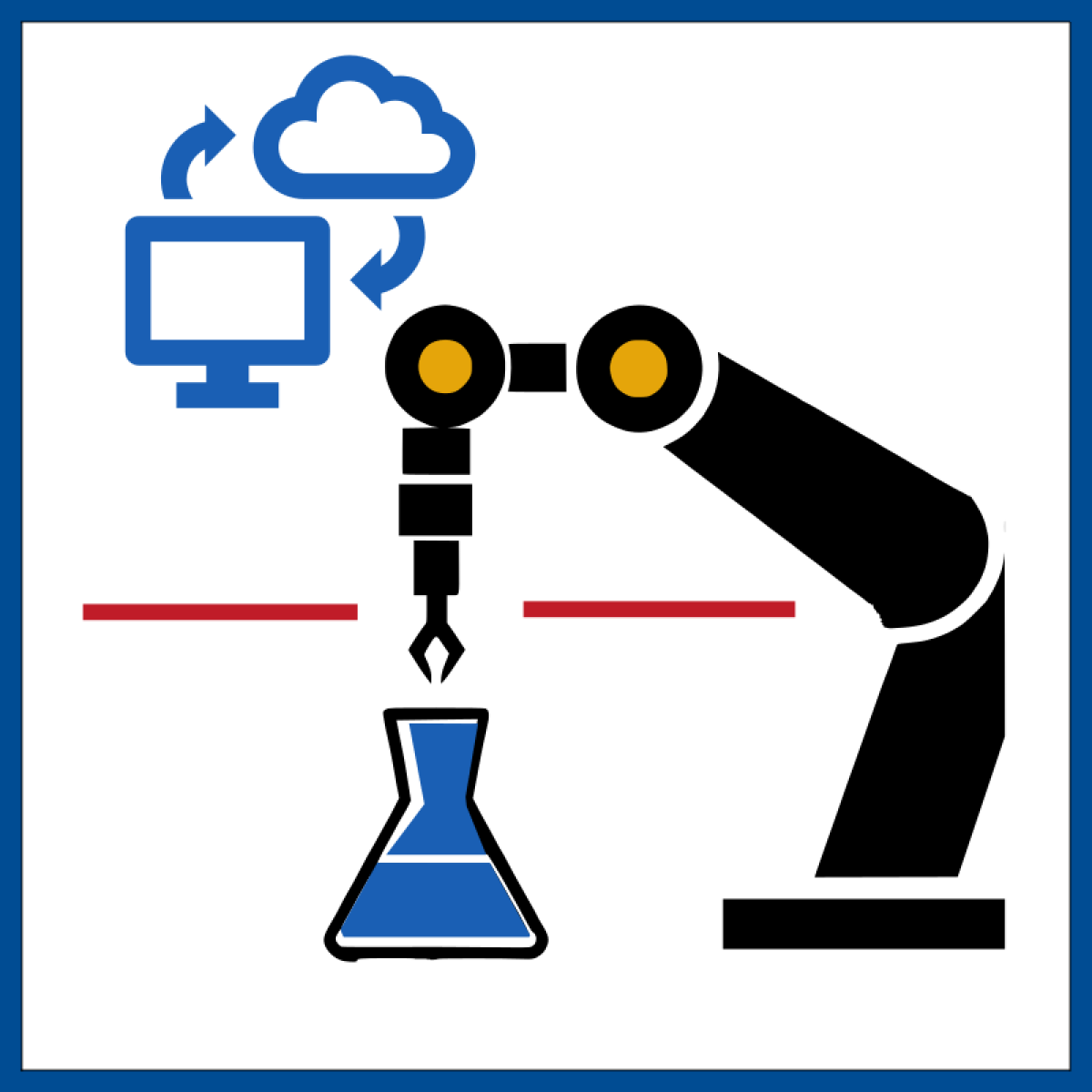Automated Sample Preparation

Sample preparation is an essential part of the analytical process. It includes the pre-measurement steps to convert the original samples to a measurable state. These steps may include (i) transfer of analytes into solution (e.g., dissolution, digestion, extraction), (ii) separation from interfering or contaminating matrix components (clean-up), (iii) enrichment of trace amounts of analytes, and (iv) analyte modification (derivatization) to improve separation/enrichment or increase sensitivity/selectivity of detection.
Sample preparation is decisive for correct analytical results because errors in that step can hardly be corrected in subsequent analysis, and the magnitude of potential errors exceeds that of the final measurement step. This is sometimes described as the GIGO principle: Garbage in – Garbage out.
Demands on modern sample preparation are a high sample throughput, process automation, and increasingly considering aspects of Green Analytical Chemistry (GAC), for example, miniaturization.
Our research aims to develop, validate, and apply improved methods to meet these requirements, focusing on miniaturized, automated, and solvent-free sample preparation, mostly combined with subsequent GC-MS-based analysis. Recent research includes analysis of volatile and semivolatile organic contaminants in water by SPME Arrow and ITEX-DHS or fatty acid analysis by automated derivatization, SPME Arrow extraction, and GC-MS/MS analysis. Furthermore, we are increasingly using GAC metrics to quantify the greenness of our analytical methods.

